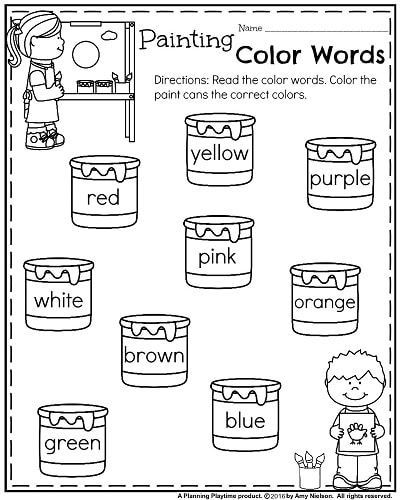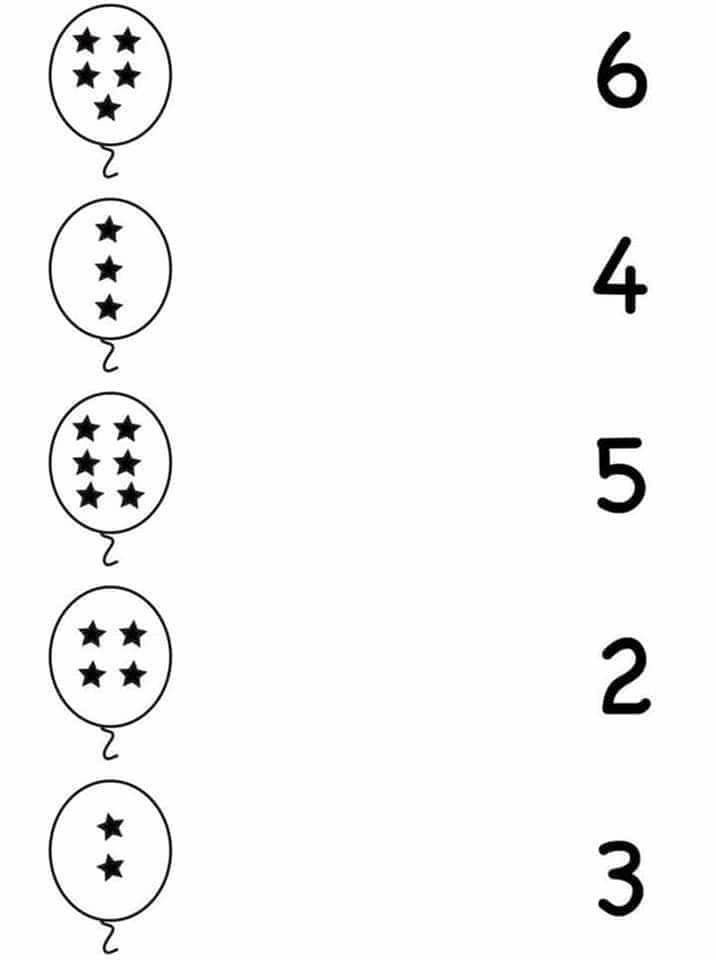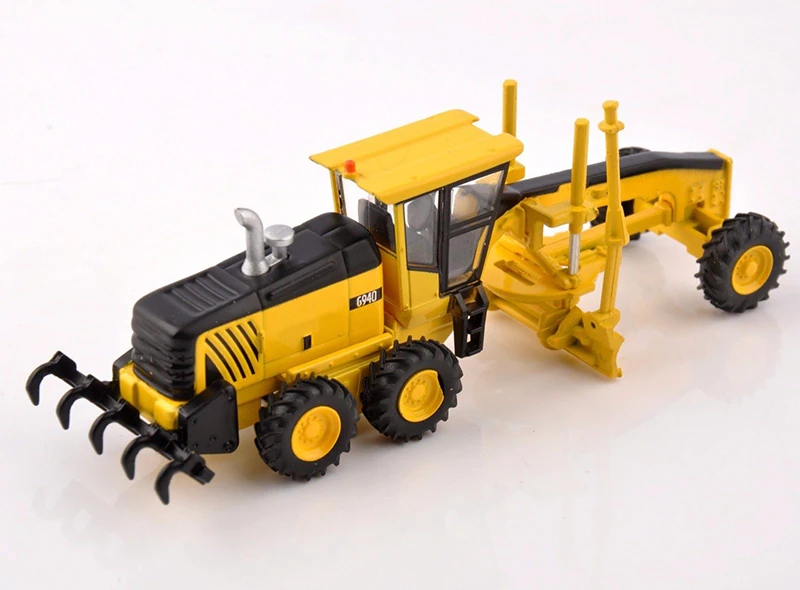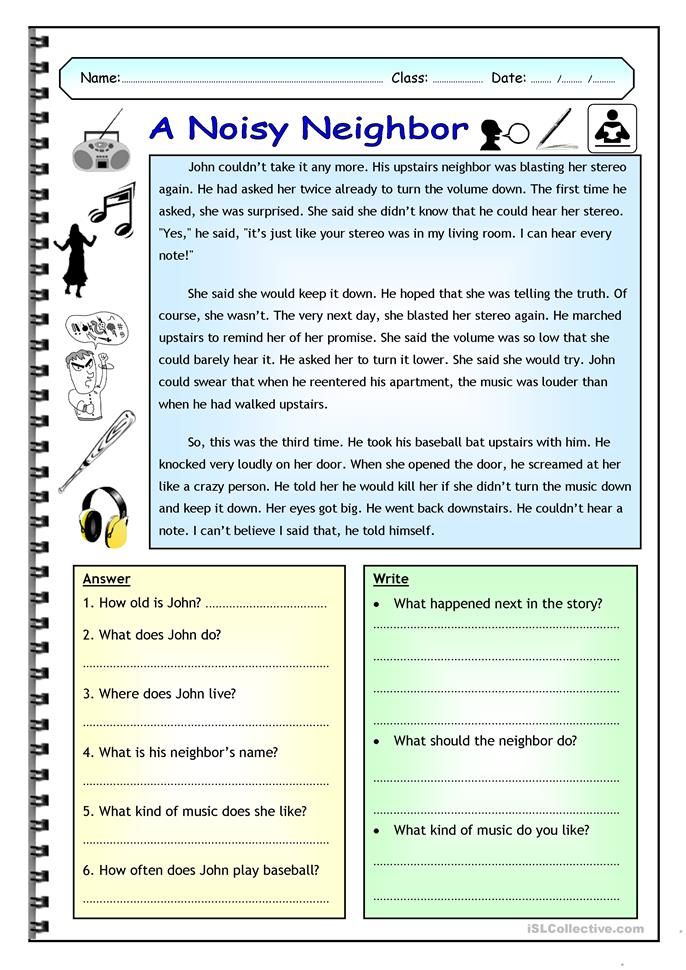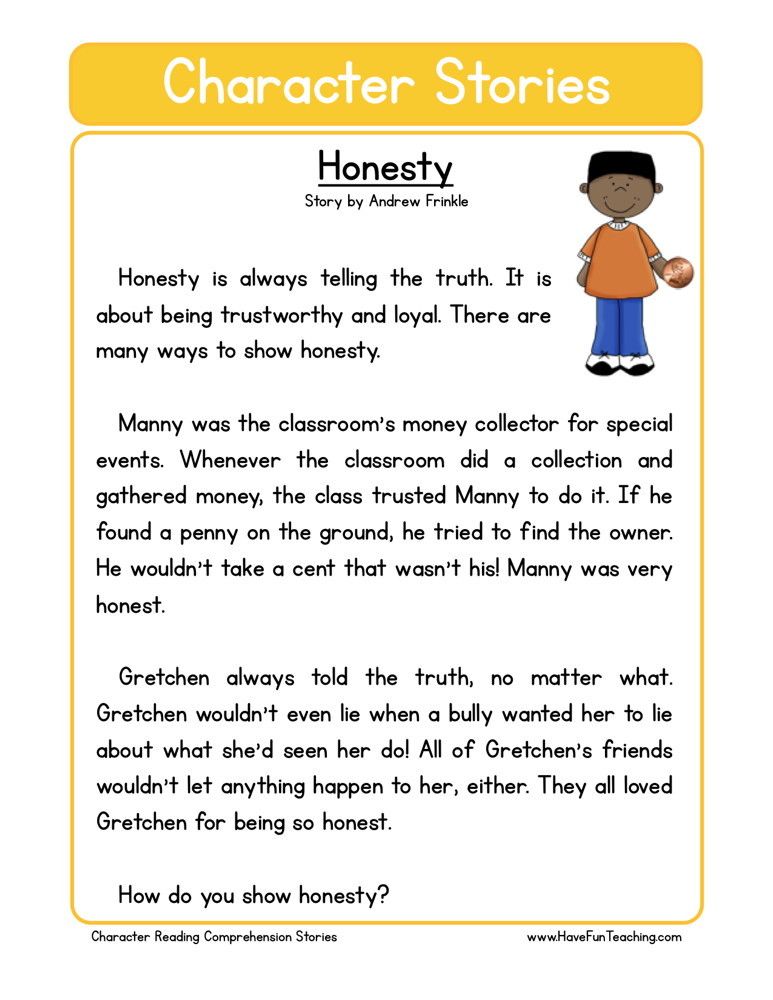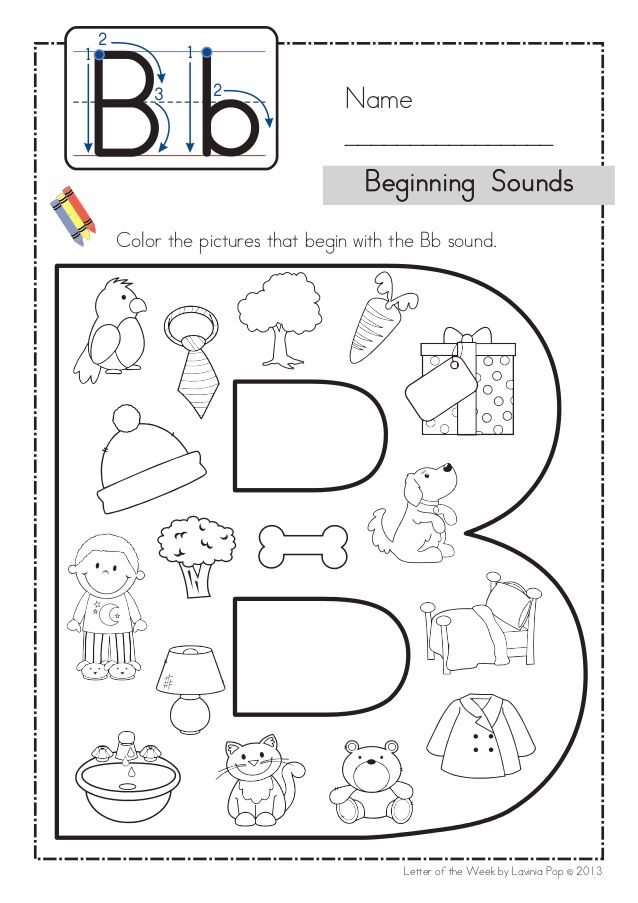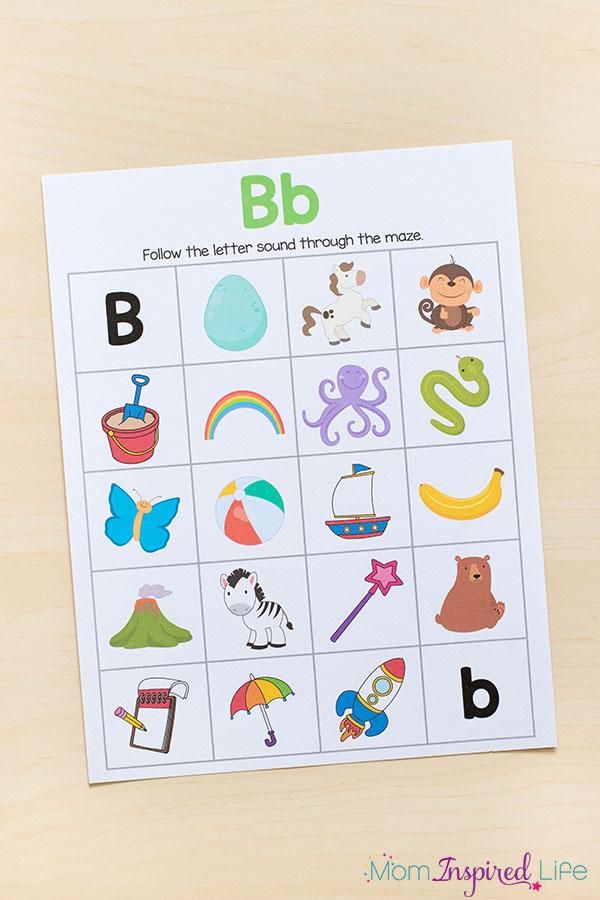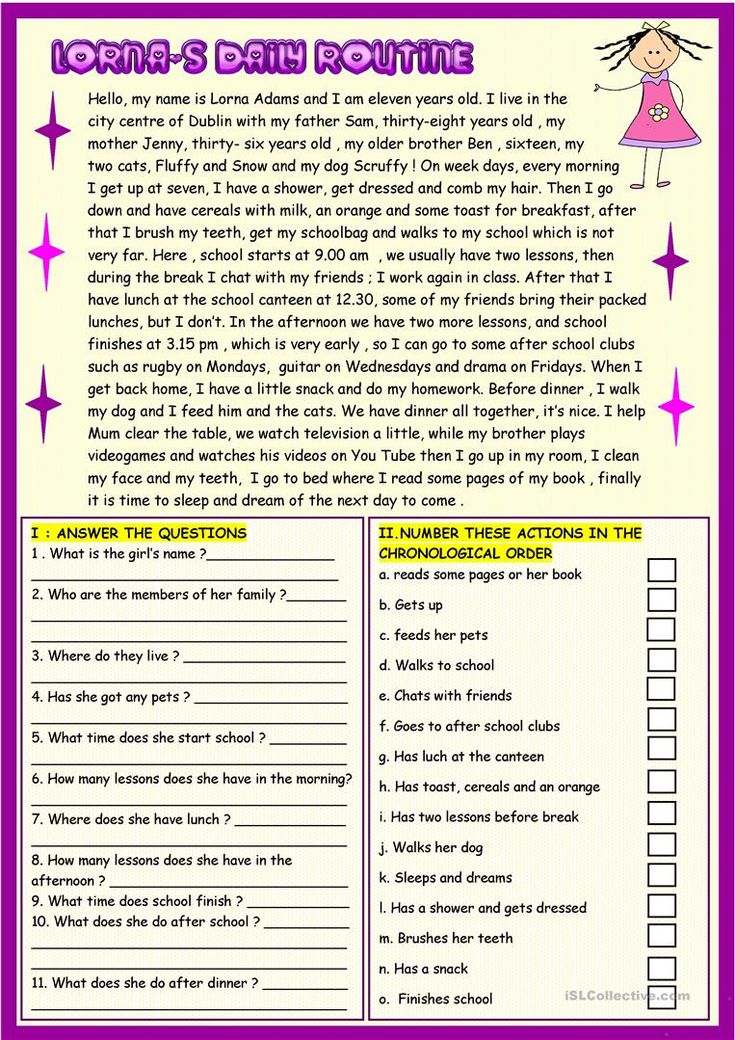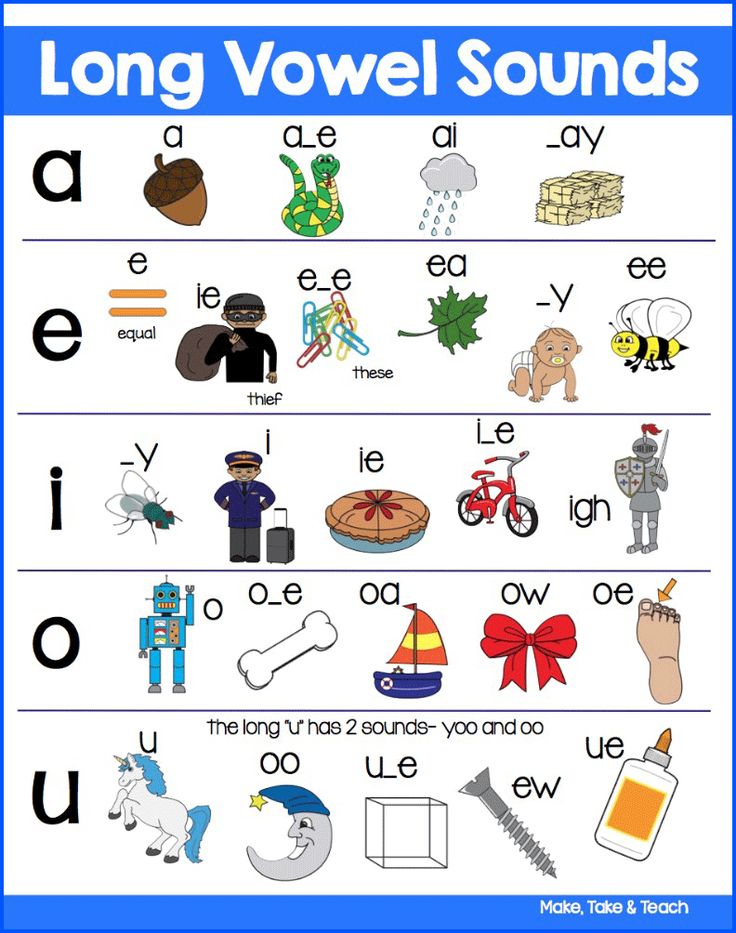What to do with three year olds
75 Everyday Activities For 3 Year Olds
| 75 Comments
What are your favorite activities for 3 year olds? These simple activities aren’t just for 3 year olds, they are great activities and preschool learning games for older kids too! Don’t miss my new book Everyday Preschool, it’s the best book for parents who want to make sure their child is learning every day.
Finding the right activities for 3 year olds should be easy… but it isn’t. This summer my daughter and I have had a lot of time to play. Extra time in fact because she decided when she turned 3 to give up naps. With her brother home from school for the summer, my attempts at forcing the issue have been met with refusal. I am going to try again in a month when her brother returns to school but in the meantime, she has quiet time, earlier bedtimes and lots of simple activities like these peppered throughout the day. For more specific games for 3 year olds check out our post here with our favorites!
If you have a younger child check out our similar list of 75 TV Free Activities For Toddlers. These 3 year old activities have been the bulk of what we’ve done this summer. Big projects are fun but day in and day out this is what we do.
This post contains affiliate links.
Fun Activities for 3 year olds
- Playdough sculptures with dry spaghetti.
- Fill a table with books and read, read, read.
- Doodle with smelly markers on cardboard from your recycle bin.
- Play doctor with dolls.
- Take a walk and hunt for colors.
- Play with puzzles.
- Look at family photos together.
- Create with peel and stick jewels.
- Read through catalogs.
- Build a fort.
- Play eye spy with a favorite book.
- Eat lunch outside.
- Play in a box.
- Paint with watercolors.
- Play with stickers.
- Play sports in the yard.
- Play-Doh and sequins.
- Play The Cupcake Game.
- Play Simon Says.
- Make a balance beam out of painter’s tape and walk it!
- Play in a kiddie pool.
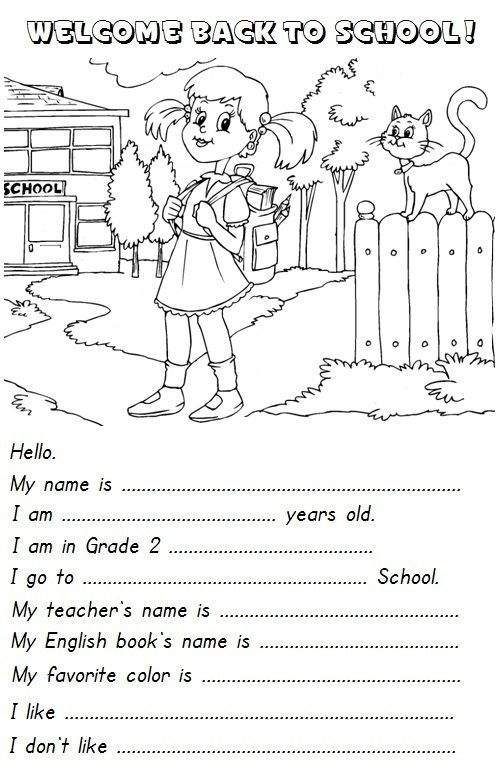
- Color with Color Wonder markers and coloring sheets.
- Water some plants
- Play with Magic Nuudles.
- Play with Play-Doh and Duplo together.
What are some easy things to do with a 3 year old? Keep reading!
- Play with a light table ( easy DIY here ).
- Play with cold cooked spaghetti.
- Cook together.
- Play with water, rice, beans, gravel, etc… in your water table .
- Play with the hose.
- Dress up some dolls.
- Take silly pictures together.
- Play hide and seek.
- Cuddle.
- Play with stamps.
- Make some window clings .
- Paint your toenails with kid-safe nail polish.
- Run Through the sprinkler.
- Write in a journal with markers, stamps, and crayons.
- Go to the beach.
- Learn about emotions with Mr. Potato Head.
- Go to the library.
- Read with a sibling.
- Call Grandma ( or Aunty, Uncle… you get the picture.
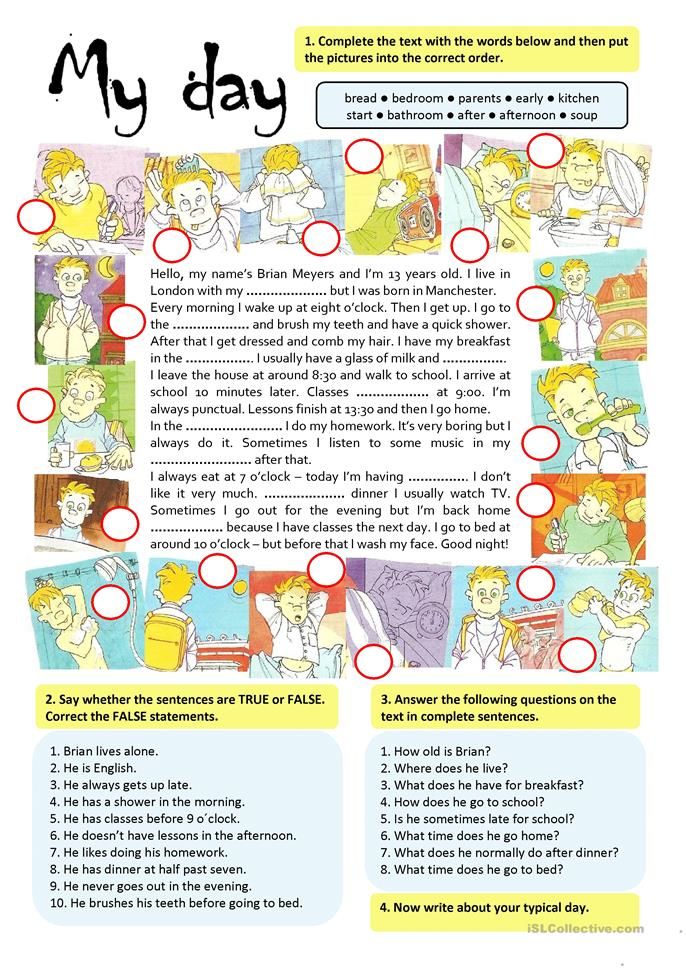 )
) - Help clean.
- Play dentist with dolls.
- Finger paint.
- Draw with chalk on black construction paper.
- Go to a local elementary school and play at the playground.
What are the best activities for 3 year old ?
- Play dress-up.
- Take markers and paint onto the porch for art outside.
- Duplo
- Play School
- Mix sidewalk chalk and other toys for pretend play outside.
- Bubbles.
- Scrap paper collages. All you need is some paper and glue!
- Hunt for magnets with a magnetic wand in a bowl of uncooked oatmeal or rice.
- Jump in puddles. I don’t know of a better activity for a 3 year old than this one!
- Build a tower out of recycling.
- Wash the car.
- Backyard nature hunt. Tape painter’s tape sticky side out on a window or wall and have your child stick what they find on it.
- Take some pictures.
- Have a tea party.
- Practice cutting with playdough!
- Make a ramp with cardboard and drive matchbox cars down it.

- Read books outside.
- Play-Doh with pipe cleaners.
- Wash push cars, scooters, and bikes.
- Go for a hike.
- Play with Play-doh and egg molds.
- Play airplane or train with your kitchen chairs.
- Wash windows with water and vinegar.
- Turn snack bars into shapes and practice using a knife at the same time.
- Play alone. Yes, it’s more than OK, it’s awesome to let kids play alone. Let your 3 year old think up their own activities. We don’t need to entertain them 24/7 !
What is your family’s favorite everyday activity? Not listed? Add it in the comments and tell us why your kids love it!
Need more activities to do with 3 year olds?
A
Filed Under: 75 activities for 3 year olds, Age Preschool, Age: Toddlers, Preschool Activities | 75 Comments
Like this post? Share it with a friend!
Become an Email Subscriber
Sign up above and receive all new No Time for Flashcards posts directly in your email inbox.
You may also like these posts
Next Post: Dollar Store Salt Tray { Alphabet Activity }
Previous Post: Nature Cuttings – Outdoor Scissor Skills Activity
Trackbacks
50+ Easy Things To Do At Home with Your 3 Year Old
What To Do at Home with Your 3 Year Old
Being at home with a 3 year old can be hard when you are not prepared.
Most pediatric guidelines recommend less than 1 hour of screen time a day. So what on earth do you do the 4-5 hours you may have at home with them?!?
To help you get through your day I have come up with a list of 50+ fun and easy things you can do throughout the day with them.
Most of these items do not require any preparation and use items you already most likely have in your home. The clean up for most of these activities is nothing or very minimal.
How To Use This List
Obviously you aren’t going to do everything on this list. So go through the list, choose about 10-15 things you think your preschooler would like to do.
Chances are there will be a few they will like more than others. So it’s a good idea to go armed with several activities in case one falls through.
Ready? Let’s get started!
50+ Things To Do at Home with your 3 year old
1. Finger painting with water on cardboard.
2. Cut junk mail with scissors.
3. Foil Puzzle Presents.
4. Melt ice with warm water and eye dropper or turkey baster.
5. See how much water a diaper or pull-up can hold.
6. Use eye dropper to decorate a diaper or pull up with coloured water.
7. Tear a sheet into small squares. Draw on them. And then glue them together onto another sheet.
8. Play restaurant.
9. Place plastic wrap around a bowl using an elastic band and let them poke holes in it with their fingers.
10. Place a cardboard tube on their arm and use it to hit a balloon like a bat.
11. Fill sink with water and give them some large beads to put in the water.
12. Fill sink with water and add pom poms.
13. Fill sink with water and bubbles and add a few non-bath toys.
14. Have a dance party to their favourite Disney soundtrack.
15. Have a dance party to your favourite dance songs.
16. Build a pillow and blanket fort.
17. Take a bath with plastic balls.
18. Build a Book Rainbow.
19. Play dress up with your shoes.
20. Read a book lying down on the floor.
21. Play dress up with daddy’s old ties.
22. Teach them how to play rock, paper, scissors.
23. Stick some paper to the stairs and have them draw on the stairs.
24. Stick paper under a chair and have them colour a picture there.
25. Play in bath tub in swimsuit with toys.
26. Look at your child’s baby book.
27. Paint a colouring book with watercolours.
28. Have a toga party with swaddling blankets or towels.
29. Bake muffins together.
30. Make fruit kebabs and eat them.
31. Snuggle on the floor looking up at the ceiling pretending you see clouds shaped like different animals.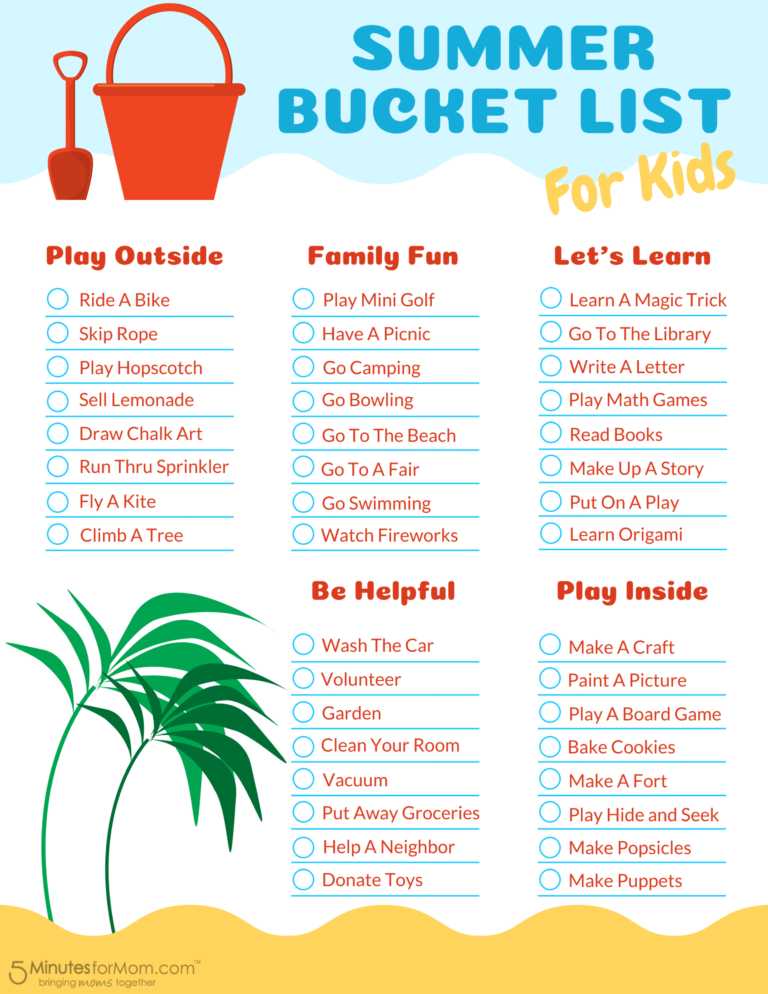
32. Play hide and go seek.
33. Have tickle fight.
34. Have a pretend wedding.
35. Cover rocks with shaving cream and have them clean them off.
36. Paint with a potato masher or spatula or other kitchen utensils.
37. Paint Lego or Megabloks.
38. Wash paint off Lego or Megabloks with soap and water.
39. Take a magnifying glass (pretend, real or handmade) and go looking for bugs.
40. Play with balloons.
41. Make faces on plate with their snack. (For instance cut up some fruit and have them make faces on their plate with the pieces of fruit.)
42. Play pretend telephone with 2 cups over your ears.
43. Make car ramps using books or cardboard on a couch or stairs.
44. Eat lunch on the floor picnic style.
45. Make funny faces in the mirror or smartphone.
46. Put several puzzles in a bin and then have your 3 year old search for pieces and put them all together.
47.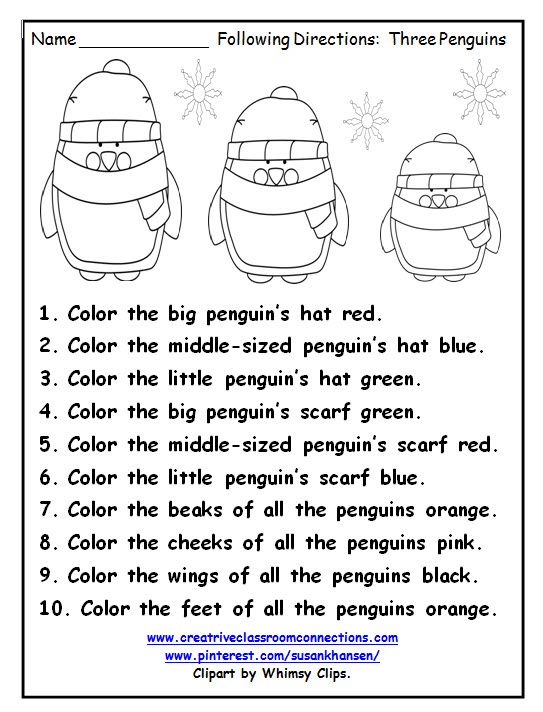 Play pretend firefighters.
Play pretend firefighters.
48. Build a tower using toilet paper and tissue boxes.
49. Take mattress off their crib and use it as a tumbling mat. For added protection, arrange pillows all around and set safety ground rules.
50. Have them ‘read’ their favourite books to you.
51. Blow bubbles outside, no matter the weather.
52. Use a measuring tape to measure your body parts such as arms and legs.
53. Dress up for lunch.
WILL YOU TRY ANY OF THESE ACTIVITIES WITH YOUR 3 YEAR OLD? Pin it for later!
"A three-year-old doesn't obey at all": how to get through age-related crises with a child
The first five years with a child are like walking through a minefield. Parents receive a top-secret task to lead their little squad to a brighter future and not be blown up by the crisis, psychological trauma and their own burnout. Our blogger Anastasia Filippova understands how not to go crazy in the first years of a child's life.
Every month, Yandex users leave 27,000 requests about the crises of one, three, and five years — the evil triad of the parent. Childhood crises are a serious test even for the strongest family. Yesterday, a cute child today turns into an evil gremlin, with whom it is impossible to negotiate. The one-year-old yells and gets into a fight. A three-year-old answers "no" to everything. The five year old is lying. It looks like you did something wrong. nine0003
Childhood crises are a serious test even for the strongest family. Yesterday, a cute child today turns into an evil gremlin, with whom it is impossible to negotiate. The one-year-old yells and gets into a fight. A three-year-old answers "no" to everything. The five year old is lying. It looks like you did something wrong. nine0003
Actually, you have nothing to do with it. The child has taken a giant leap in development and is not keeping up with it emotionally. Now he is acting as the biological program instructs him - and millions of other children: yells, rages and suffers.
The good news is that your family has a common enemy - the crisis itself. And for defeating him, you will receive peace, tranquility and a couple of new superpowers. It will be difficult, but you can do it. We hope this plan of "warfare" will help you.
When do childhood crises occur? nine0011
Crises occur when a child has learned new skills but is unable to apply them. For example, one-year-old children learn to walk.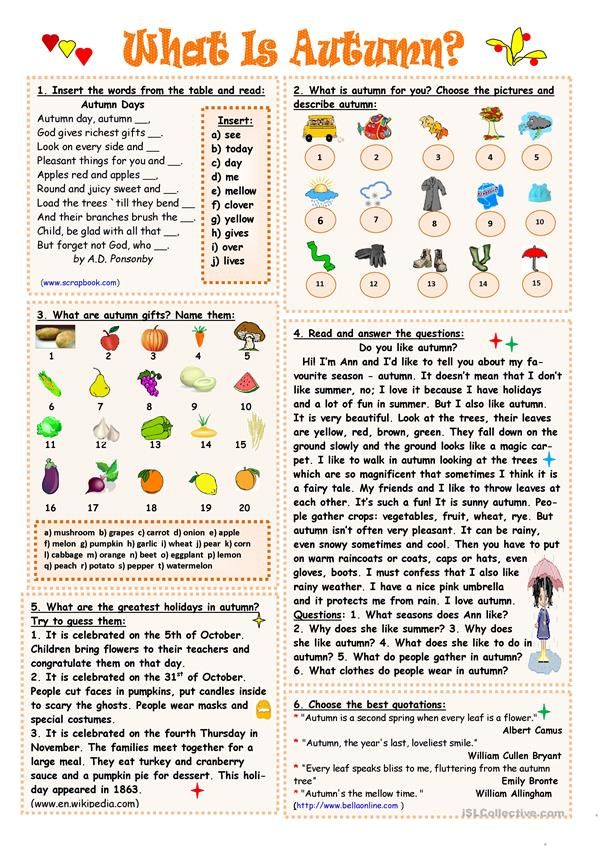 The world around is expanding, it needs to be explored and conquered, and stupid parents won't let you chew the wires. Like, it's dangerous. What to do? Scream. At the age of three, he learned more than those around him in a lifetime. Obviously he's in charge now. And the universe refuses to acknowledge it. What to do? Well, okay.
The world around is expanding, it needs to be explored and conquered, and stupid parents won't let you chew the wires. Like, it's dangerous. What to do? Scream. At the age of three, he learned more than those around him in a lifetime. Obviously he's in charge now. And the universe refuses to acknowledge it. What to do? Well, okay.
At the age of five, a person is already quite big. He thinks about difficult issues: for example, death and gender. He develops a cerebral cortex that controls emotions. In a word, he is already quite ready to be an adult. But it doesn't work. What to do? There are many options. Shut up, make a scene for your parents or hit someone. nine0003
In other words, a crisis is a gap between “I want” and “I can”. This is a very difficult situation that the child cannot cope with - he does not have the necessary knowledge. He needs the support of his parents. Especially when he screams, rebels and refuses help.
How to understand what has begun
Believe me, you will notice. Don't look at the calendar. Crises are not punctual - they come earlier or later, last 2 weeks or shake the family for a year. But they end. It is important that this happens before your strength runs out. Age crises are easy to recognize. Here are the signs:
Don't look at the calendar. Crises are not punctual - they come earlier or later, last 2 weeks or shake the family for a year. But they end. It is important that this happens before your strength runs out. Age crises are easy to recognize. Here are the signs:
1. Pedagogical fiasco. An obedient child stops following directions. On the other hand, he begins to be capricious, stubborn and build adults. Three-year-olds learn the word "no." Five-year-olds strive to command. One-year-olds silently throw food.
2. A small revolution. Routine actions cause protest. The child is ready to defend the right to independence and self-sufficiency with arms in hand. Even to your own detriment.
3. Hypersensitivity. nine0024 Every remark of an adult, even an innocent one, can cause a tropical downpour of emotions.
4. Tantrums about and without prove that there is not such a difference between a one-year-old toddler and a five-year-old preschooler.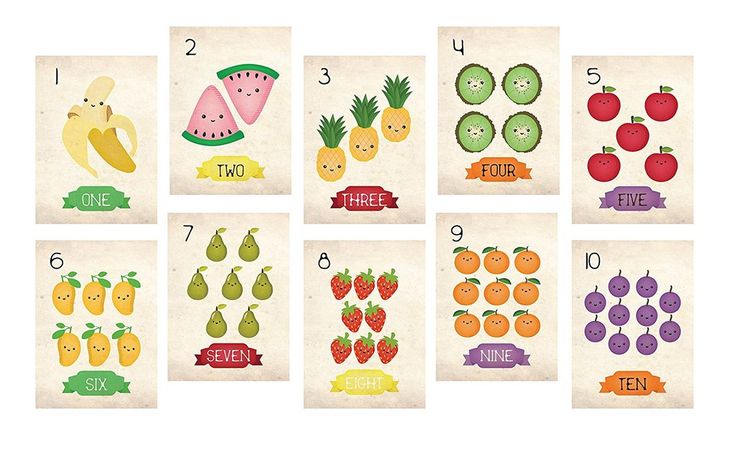
Okay, how to survive the crisis?
What does a sapper do before a mission? He puts on a special suit. Your defense is psychological resources. They should be enough to remain a caring parent, even when you want to sit on the floor and cry. In other words, put the mask on yourself - then on the child. nine0003
Where will the resources come from?
Everyone has their own source of resources. I talked to several parents and psychologists and asked how they are coping. Here are their answers.
1. Remember who is the adult here. Varvara is raising her son in a foreign country. She says: “I noticed one thing: if the child is annoying, then the main problem is that I want to start hysteria myself. I also want to be small, which they take on their hands. You just have to look in the mirror. There is a big lady. Doesn't suck on a pacifier." nine0003
Alexandra, another mother, confirms: “There is no strength, but you get up and do it, because you gave birth to him.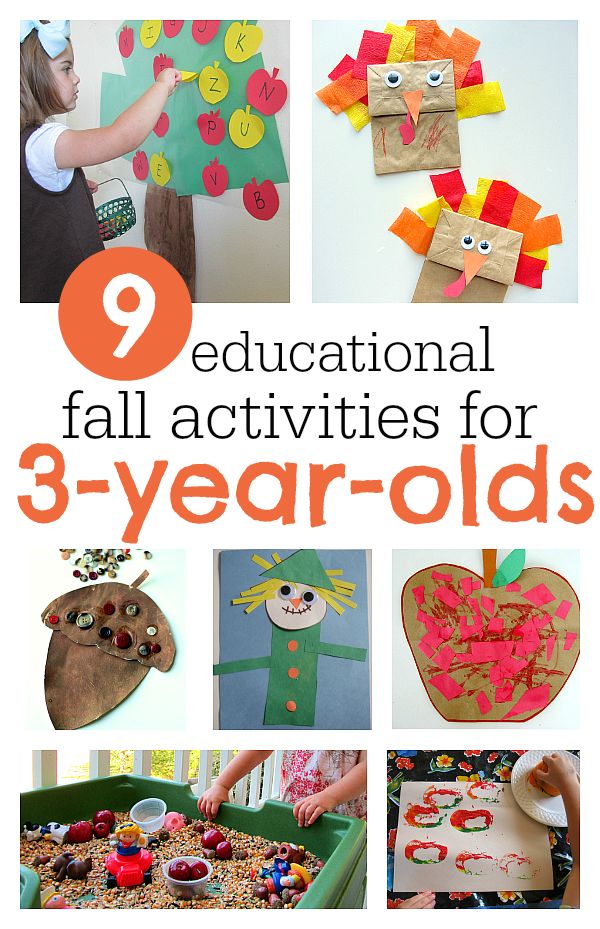 I want children to be better than us. Probably, this is a personal responsibility and a desire to do at least something normally in your life.
I want children to be better than us. Probably, this is a personal responsibility and a desire to do at least something normally in your life.
Yana writes: “A good way not to wish for children's bloodshed: when there is no strength and it seems that they are doing everything on purpose to piss you off, stop and sit down to look at their very early photographs, together with them you can. You know they're just kids." nine0003
2. Bring beauty. There are legends about maternal nails. But you can decorate not only yourself. Yana has two weathers, which she brings up alone, her own business and zero support. Sometimes it's hard. She offers to put things in order in a small corner. “You look at him and rejoice, even if there is a complete mess around.” And if you put flowers there, you will get the feeling: "... these peonies in the middle of chaos will pull me out, they will make me so happy that I will find the strength in myself to cope." nine0003
3. Get distracted by your own business.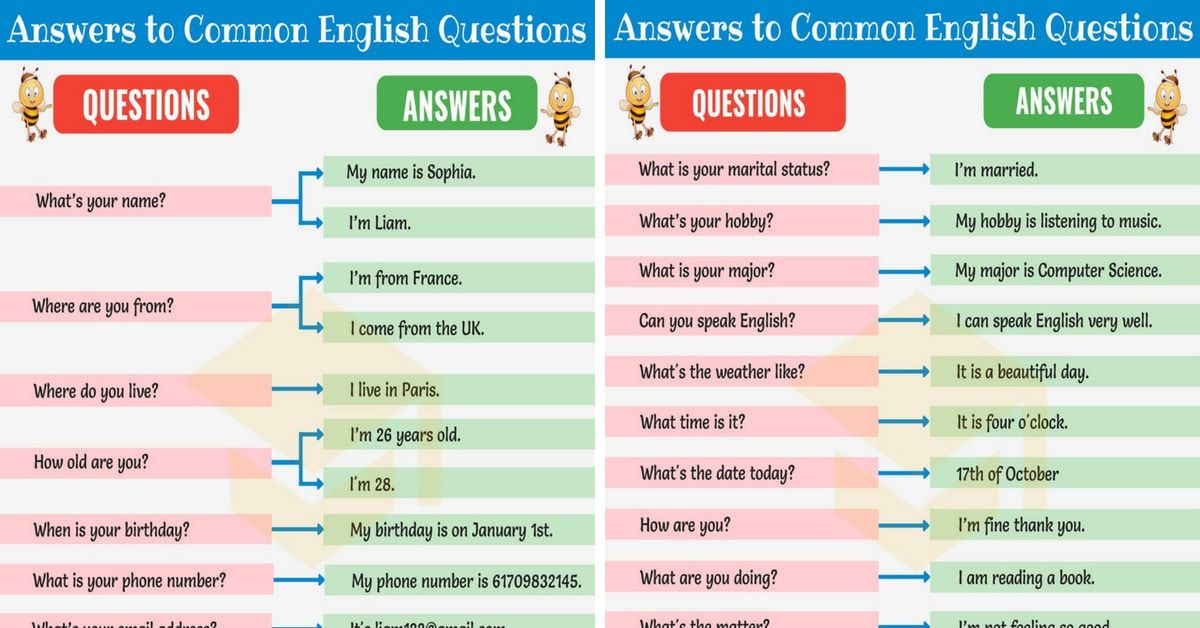 Olga also has two children. When asked what helps her, she answers: go to another room and work. Any activity that helps you identify yourself as a person with an important and interesting life is fine for you. Plus, it's great proof that you can handle anything. Passed a difficult article? Pf, so why don't you calm a crying baby now?
Olga also has two children. When asked what helps her, she answers: go to another room and work. Any activity that helps you identify yourself as a person with an important and interesting life is fine for you. Plus, it's great proof that you can handle anything. Passed a difficult article? Pf, so why don't you calm a crying baby now?
4. Take care of your inner child. If it’s completely unbearable, you want to popularly explain who has a longer shoulder blade in this sandbox, and an adult is no longer reflected in the mirror, switch from the external child to the internal one. Petranovskaya in the book "Secret support. Attachment in a child's life" offers to go into a separate room and ask yourself why little Mashenka (Nastenka, Andryusha, substitute your name) is upset. Feel free to complain to yourself, and then hug yourself. Are you tired. Your feelings are important. Treat yourself like a child who needs support and protection. Then you will become a parent to yourself and to that guy. And you will return to the child as an adult. nine0003
And you will return to the child as an adult. nine0003
5. Don't forget the outer adult. The vast majority of our interlocutors, when asked what helps them, answered that "vintage". No, we do not encourage you to drink. Just relax and enjoy. A bubble bath also works, honestly.
6. Get into art therapy. Oksana Tumadin, a family psychologist and mother of many children, shares her author's method: “Take a white blank sheet, seat the whole family (or just yourself and the child) on the floor or at the table and say: let's play a game, who will quickly draw a sheet with one and the other side. And start drawing with a pen or pencils everything in a row, all the scribbles-doodles. This technique helps to subconsciously write out all the obstacles in a relationship, remove blocks and restore resources. If at the end of the session everyone yawns in a relaxed way, you did everything right.” nine0003
7. Seek solitude. Mom and practicing psychologist Anna Shcherbiy-Shendogan says: it is important to defend the right to be alone. Ask a partner or relatives to babysit, lock yourself in for 30 minutes, and "make a happy parent." Have time to leave when you feel that you are “boiling”: “Every time you feel like yelling at a child, go to the toilet for 1-2 minutes, look at yourself in the mirror and tell yourself about your feelings. Thus, you save the children and speak out. Do not keep everything in yourself, but do not splash it out on the children either. nine0003
Ask a partner or relatives to babysit, lock yourself in for 30 minutes, and "make a happy parent." Have time to leave when you feel that you are “boiling”: “Every time you feel like yelling at a child, go to the toilet for 1-2 minutes, look at yourself in the mirror and tell yourself about your feelings. Thus, you save the children and speak out. Do not keep everything in yourself, but do not splash it out on the children either. nine0003
8. Contact a specialist. Psychotherapy is not shameful. Parenthood is one of the biggest trials that befalls a person, and works like a magnet for old traumas, pains and resentments. If you feel that you have no strength at all and you seem to be driven away, contact a therapist. This is an effective way to improve your life.
Things to read about children
Now that you are ready to fight for a peaceful sky above your head, it's time to map out a plan of military action. Much has been written about the crises of years 1, 3, and 5. Read a couple of books to understand that you are not alone in the universe, to be ready for new surprises, to develop your own tactics. The main thing to remember is that education is not about assembling an IKEA closet. Do not try word for word to follow the instructions. Take only what works for you and your family. nine0003
Read a couple of books to understand that you are not alone in the universe, to be ready for new surprises, to develop your own tactics. The main thing to remember is that education is not about assembling an IKEA closet. Do not try word for word to follow the instructions. Take only what works for you and your family. nine0003
- Ludmila Petranovskaya. Secret support. Attachment in the life of a child. Petranovskaya explains the theory of attachment and gives detailed instructions for surviving in the same space with a three-year-old. Use the same techniques in other crises.
- Irina Mlodik. A book for imperfect parents, or life on a free topic. The author analyzes in detail the topic of parental resources and the anxiety that eats them away.
- « Nigel Latte. Before your child drives you crazy." nine0024 A practicing psychologist describes cases from practice, proving that any child can be negotiated. Even with a four-year-old "piranha" who refuses to sleep at all.

What to do?
The crisis is a sign that the child's world has changed: it won't be the same as before. Don't be afraid of change, adapt to it. In all crises, it is useful to sit down at the negotiating table and write new rules of the game. Here are the tricks that are always relevant.
1. Speak out emotions - yours and your child's . Even for very young children, it is important to be heard and understood. This is how they learn to deal with frustration. Five-year-olds often drown in emotions that they still do not know how to name. Help them, and at the same time give clear feedback. "I love you, but it upsets and angers me when you scream."
2. Offer him more independence - and new responsibilities. With great power comes great responsibility. If the child feels like an adult, so be it. For example, a one-year-old child can wield a spoon himself. A three-year-old is to put away her toys and brush her teeth like an adult. Five-year-old - feed the pet and sort laundry into white and color.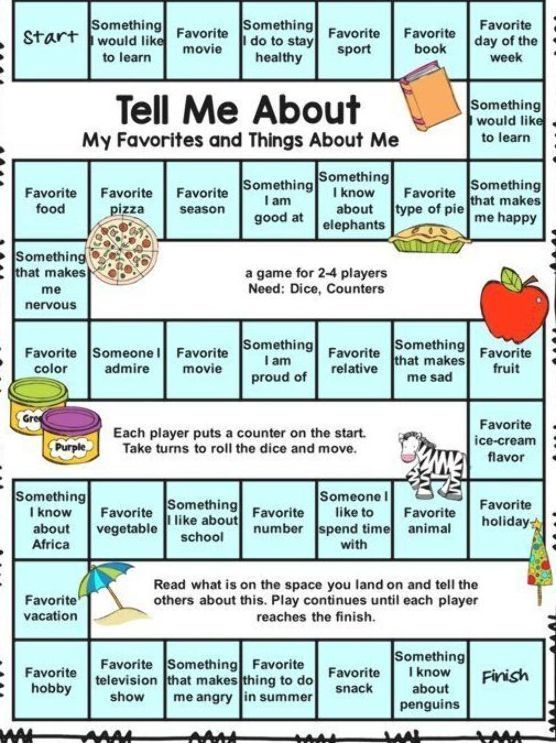 Do not forget to ask the child's opinion and even consult with him about the general plans for the weekend. nine0003
Do not forget to ask the child's opinion and even consult with him about the general plans for the weekend. nine0003
3. Praise good behavior. This is more difficult than scolding for bad things, but much more useful and effective. Children need attention and they are well aware when it is easier to get it: when you are lying on the floor in the supermarket and yelling, or when you are not acting up.
4. Develop and develop. The best way to get out of a crisis is to acquire new skills. In a year - improve speech. At three - learn something adult (for example, watering flowers). At five - throw out energy in additional classes and circles. Be an example. nine0003
5. Show your child that you love him in any way. Even capricious, angry and unbearable. You are not delighted with the behavior, not with the child. In the end, you also have a bad mood. It would be a shame if everyone liked you only when you were terribly cute, right?
What shouldn't be done?
Even in war there are rules that must not be broken. Please, never, never:
1. Do not physically punish your child. Spanking and a belt can cause serious psychological trauma and weaken the attachment between you. In the already mentioned book of Petranovskaya, spanking is “allowed” when there is a question between life and death, for example, a child tries to run out onto the roadway or climb out the window. But it also says: “Don’t have the illusion that at this moment you are educating him: you just stop unacceptable behavior right now in a rude but effective way. It has nothing to do with upbringing." nine0003
2. Don't discount your child's feelings. Don't laugh at his attempts to be an adult. Do not tell the child that he is too small, too stupid and you are tired of him. In general, do not say anything that would offend you.
3. Do not try to reason with a child in the middle of a tantrum. He doesn't understand you. Wait until it calms down, and only then educate.
4. Well, the most paradoxical thing is don't capitulate.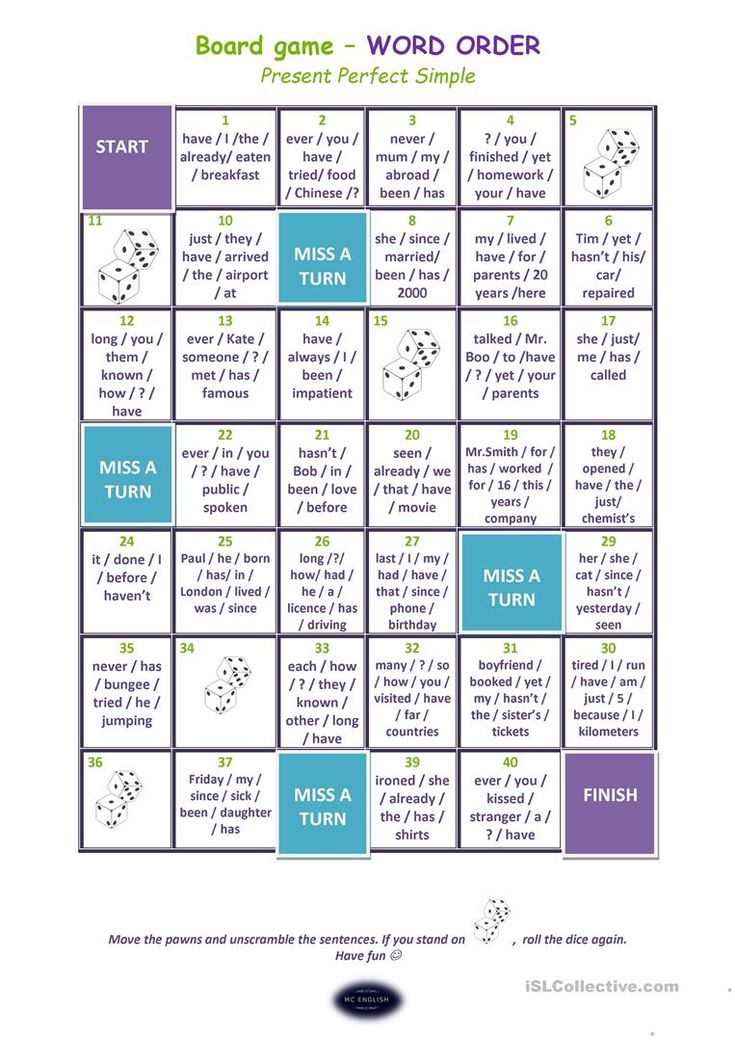 Yes, sometimes it's easier to allow than to explain why not. But children need boundaries, otherwise the world will be too big and scary for them. Also, don't be philosophical about how your child shows aggression towards other children. So you only complicate his life. nine0003
Yes, sometimes it's easier to allow than to explain why not. But children need boundaries, otherwise the world will be too big and scary for them. Also, don't be philosophical about how your child shows aggression towards other children. So you only complicate his life. nine0003
You are in the "Blogs" section. The opinion of the author may not coincide with the position of the editors.
Photo: Unsplash (Derek Thomson)
10 things a child can do without your help
You can't send them to the store yet, but you can still trust some things!
Parents of babies like to hurry up time: they would learn to crawl faster, they would walk faster, they would speak faster. But in fact, children master all these skills quite quickly - whether a conceivable thing, the path from a helpless squash to a curious baby who is everywhere and everywhere, the crumbs overcome in some six months. And then along the thumb - the child becomes more and more independent every day.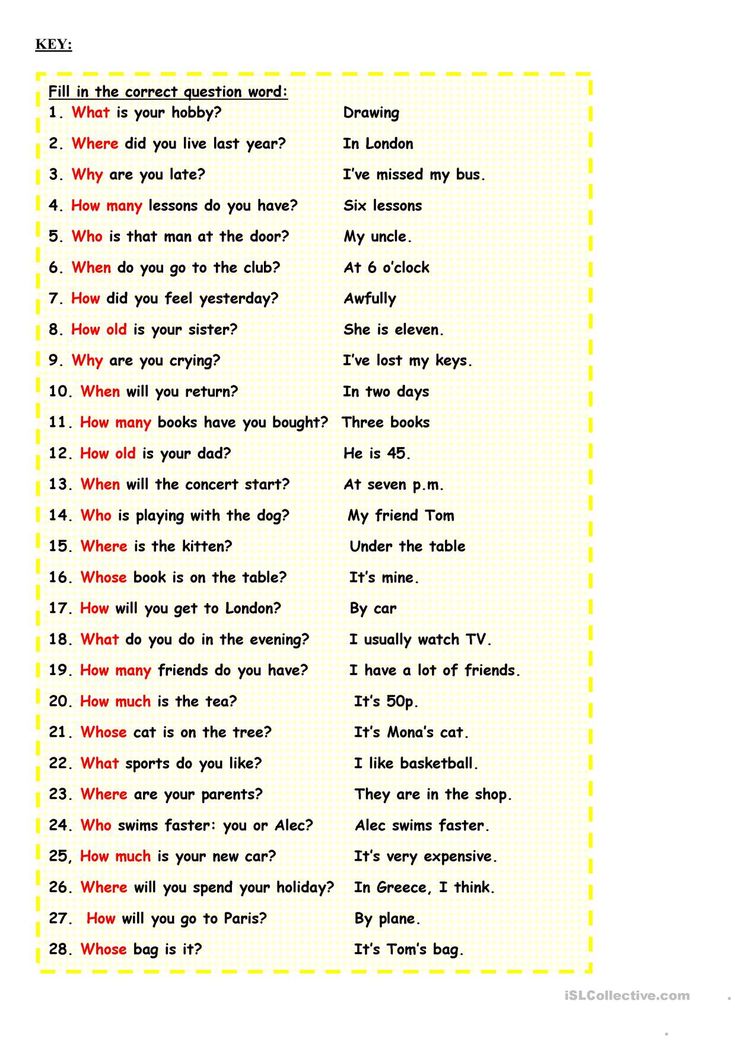 But how to streamline this independence and help the child acquire it not spontaneously, but in a more organized and consistent manner? We have prepared several recommendations for those who raise babies at the very age when "I myself!" becomes a life credo. nine0003
But how to streamline this independence and help the child acquire it not spontaneously, but in a more organized and consistent manner? We have prepared several recommendations for those who raise babies at the very age when "I myself!" becomes a life credo. nine0003
Sounds like nonsense, but it makes a lot of sense. If the child himself holds the book that you read to him, and turns the page himself at the right moment, he becomes not just a passive listener, but a real participant in the process. This is not "you read to him", but "you read with him".
A child will feel like an adult if he is allowed to choose the dinner menu. Just don't think of anything special. Simply: “What vegetables shall we put on the plate? Cucumbers, tomatoes or sweet peppers? By the way, there you can avoid an unpleasant question like “Do you want vegetables for dinner?”, and the child will feel the illusion of control - after all, he made the choice, and not only for himself, but also for his parents! nine0003
Children two and three years old love to do what their parents do.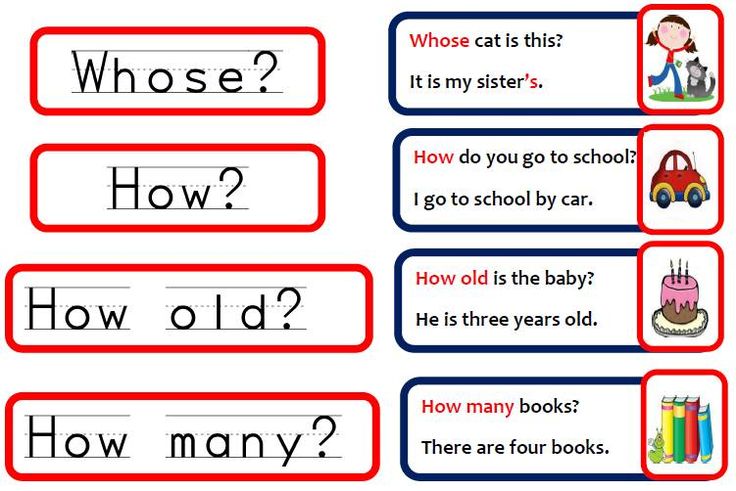 Whether you're loading laundry into the washing machine, ironing a shirt, or cutting a salad, they're right there. Of course, it’s not worth giving them an iron yet, but it’s quite possible to allow the chopped vegetables to be transferred from the board to a salad bowl or stir the dough with a wooden spoon. By the way, three-year-olds can easily handle a knife (not very sharp) and cut cucumbers. A child who takes part in everyday household chores feels like a necessary part of the whole family. nine0003
Whether you're loading laundry into the washing machine, ironing a shirt, or cutting a salad, they're right there. Of course, it’s not worth giving them an iron yet, but it’s quite possible to allow the chopped vegetables to be transferred from the board to a salad bowl or stir the dough with a wooden spoon. By the way, three-year-olds can easily handle a knife (not very sharp) and cut cucumbers. A child who takes part in everyday household chores feels like a necessary part of the whole family. nine0003
Of course, you shouldn't expect real cleaning from kids, but they may well put toys away at the end of the day. Put a convenient basket, box or bag in the nursery and tell the child that all the toys that he got out of there during the day should return to his house by evening - otherwise they will be very sad. The child will not perceive this as a boring duty and will gladly collect all the dolls and animals. The same applies to scattered dirty clothes. If you put a small basket in a children's basket and invite the child to put things there himself, he will soon feel like a real master of his own room.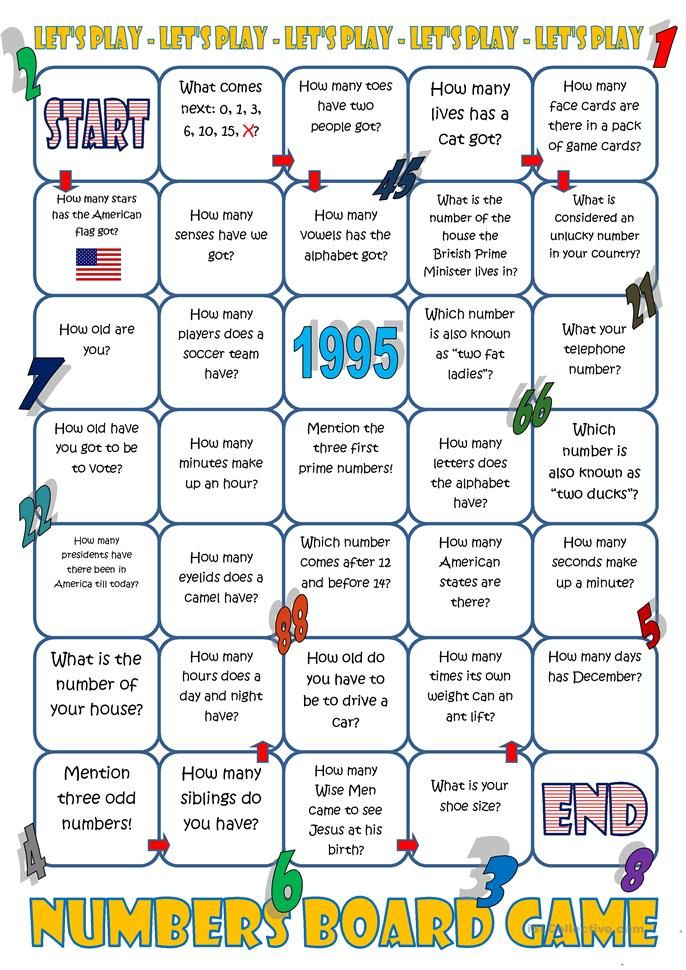 nine0003
nine0003
For example, say: "Let's put on your left shoe, and I'll help you put on the right one" or "Let's you put on a jacket yourself, and I'll help you fasten the buttons." Encourage independence in your child in this way!
Keep crackers, candy bars, or fruit on hand. And when the baby gets hungry, offer him to climb into the bottom drawer / on the shelf and take a piece. Children love it when you don’t have to ask a parent, but you can act on your own.
All these eating rituals are a great excuse to show your child that food doesn't appear on the table by magic. Of course, the baby cannot carry a heavy plate of hot food, but he is quite capable of laying out cutlery and napkins, and then putting his plate in the sink. nine0003
If a child has an argument with someone on the playground, wait a couple of minutes, do not rush to help. Of course, three-year-olds do not know how to negotiate, but it is useful for them to get the first communication skills, faced with the fact that the desires of others do not always coincide with their own.